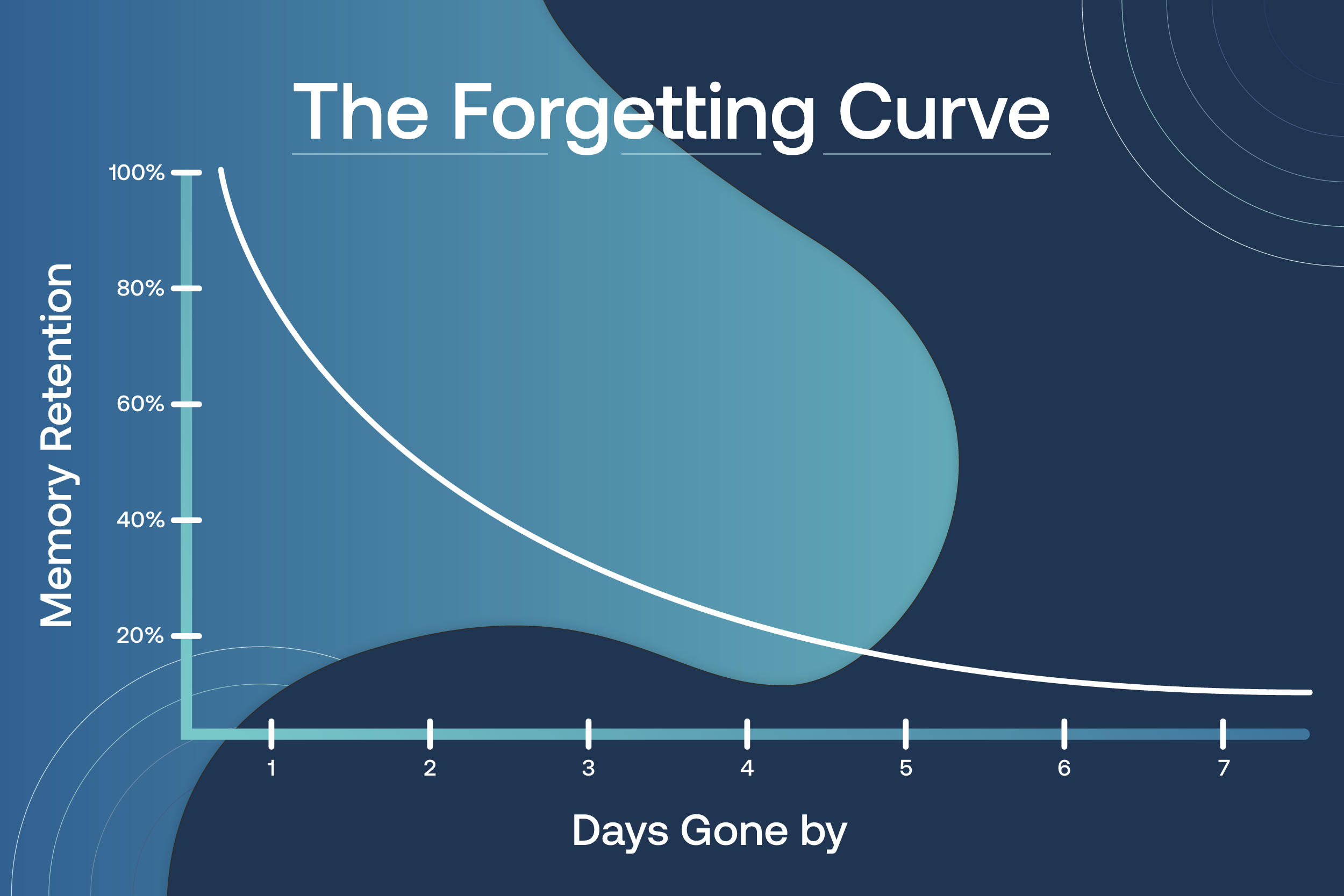There’s a difference between knowing how to coach and being skillful at coaching. And there’s a difference between being trained on coaching versus being coached on coaching.
The difference is hoping you get versus actually getting the results you want.
I started my career as a tennis coach in Wales. Imagine you’re a parent and thinking of sending your kids to me to learn tennis. I tell you that the way I teach is to take your kids on the court, and for eight straight hours just talk — telling them everything I know about tennis: rules, techniques, tactics.
After sharing all this valuable information, I then won’t allow them back on the court unless they’re competing in a match. Would you send your kids to me for lessons?
When I ask that question of people, no one has ever answered yes. When I ask them why not, most parents respond by saying “Because they need to practice.” And when I ask what happens in practice, they always say something like: “repetition and feedback.”
Repetition and feedback are must-haves for becoming skillful before entering the heat of battle, be it in a tennis competition or the daily whirlwind of business. But the reality is that knowing what to do doesn’t mean you’ll always do what you know.

We all instinctively get this. We understand the need for repetition and feedback in the lives of our children as they learn sports, music, or a new language — but somehow we don’t recognize it in our organizations on behalf of our “corporate” children.
What Is the Training Illusion?
Providing tennis training or instruction and expecting immediate, consistent execution of what was taught is the very same approach many organizations take when trying to help their managers and team leaders become proficient at coaching.
Organizations often put their leaders through a one-day course that explains everything they need to know. These newly trained book-smart managers are then thrown back into the whirlwind — into their day job — where they are expected to execute what they just heard. Not possible.
No wonder organizations frequently don’t get the results they expect from trainings, no matter how well-rated those trainings may be.
This is what I mean by the “training illusion,” the notion that you can attend a one-off, one-day seminar or education event on how to be a coach (or anything else), and then expect long-term, long-lasting changes in your people, culture, or company.
One reason for this illusion is that even the sharpest and most talented team members bump into that pesky Hermann Ebbinghaus.
In the late 19th Century, Ebbinghaus and his research established what became known as the Ebbinghaus Forgetting Curve. As his research predicted, there is a decrease in the brain’s ability to retain memory over time. If it were put into a graph, it might look something like this:

In my experience, typical training has only a short-term impact, and then its effects dwindle as retention of the training material quickly fades.
Short-lived workshops and trainings can teach people what they need to know about how to improve, but the implementation has then traditionally been left mostly up to them. What’s missing is the constant attention to repetition and feedback that coaching provides, which is vital for consistent, improved results.
Coaching is so much more powerful and long-lasting when you take the time to ensure it’s the way your people do things, rather than it just being a thing they do.
How Coaching Saves You From the Training Illusion
If you want people to be more skillful at something, they need repetition, and then they need feedback overtime on that repetition. They need a way to know if what they think they are doing is what they are actually doing.
Effective coaching will move your people beyond Ebbinghaus and his memory problems because coaching is really good at creating both repetition and feedback.
Even if your people remember the education they get during training, they can still be easily distracted. Just like reading a book on nutrition and fitness doesn’t make you healthy and fit, sitting through training doesn’t mean that you will use those skills effectively. People need:
- To know it (retention)
- To practice it (repetition)
- To get data about whether what they think they do is what they are actually doing (feedback)
Case Study: The Impact of Coaching vs Training
I was once invited by a very successful CEO to run a retreat for his leadership team.
During some problem-solving conversations, my job was to listen in and monitor how well he and his team were doing at active listening. Given that we had worked on this, he felt he had made a lot of progress. But he wasn’t doing anything like he thought he was.
The problem: This CEO was so smart and so often knew the answers that he failed to summarize back to his people what they had just said and would instead leap in with a response, a correction, or a “better” idea. In fact, because his people knew he often knew the answers, they had become disempowered and lacked ownership.
After a while, I’d seen enough and called a timeout. I asked the CEO, “Did you summarize? Did you repeat back to them what they had just said?”
He paused. “I still don’t do it, do I? I really thought I was so much better at it.”
There was still a serious gap between what he thought he was doing and what he was actually doing. And believe me, his people were well aware of the gap. Getting him to see that gap was the key.
If all it took was knowledge, this very intelligent leader would have nailed it right away. We all know people who have read every leadership book ever written but still struggle.
The key to perfecting any skill is putting in the reps, getting feedback, and putting in more reps. Rinse and repeat. It took a hands-on coach to help this very adept leader recognize and improve.
Coaching Focuses Attention
I’ve witnessed these coaching principles work for years, but how good they are at producing results never became more apparent than in the year 2020. Enter COVID-19.
Given most face-to-face seminars went away with the pandemic, it quickly became obvious that no one wanted to sit through an 8-hour Zoom meeting. The workaround? A 2-hour Zoom was plenty of time to load people up and send them off to do some homework — to get out on the court and hit a few. Serve. Volley. Try a backhand. Practice in the real world of business.
Shorter, more bite-sized videoconference trainings spaced out over time gave managers a chance to apply what they have learned between any training sessions. It provided the opportunity for repetition and feedback on their daily activities.
This kind of enhanced repetition and feedback gives coaching a chance to do what it does best: focus attention.

Over time, good coaching brings discipline to where people place their attention and focus. This principle is so universally true that it doesn’t matter who you are or what you do.
- Performance is driven by what we pay attention to.
- Good coaching brings discipline to what we pay attention to.
- What we pay attention to is where we get results.
Create a Culture of Coaching, Not Training
If you search the internet, you’ll find plenty of evidence for what we all know instinctively: Coaching helps people do things better.
With efficient ongoing coaching to help focus attention, retention improves, engagement increases, performance rises, and companies (and tennis students) become more productive and profitable. This is why organizations want their leaders to be more effective at it.
To be clear, it’s not training on coaching that’s the illusion; it’s thinking that training is all that’s needed. It’s me sitting with your kids talking about tennis instead of overseeing their tennis practice.
If you want training to stick and not merely be content living within the “training illusion,” insist on a culture where your leaders are coaches who create opportunities for repetition and feedback in real-world situations. Doing so will certainly bring improved results.






